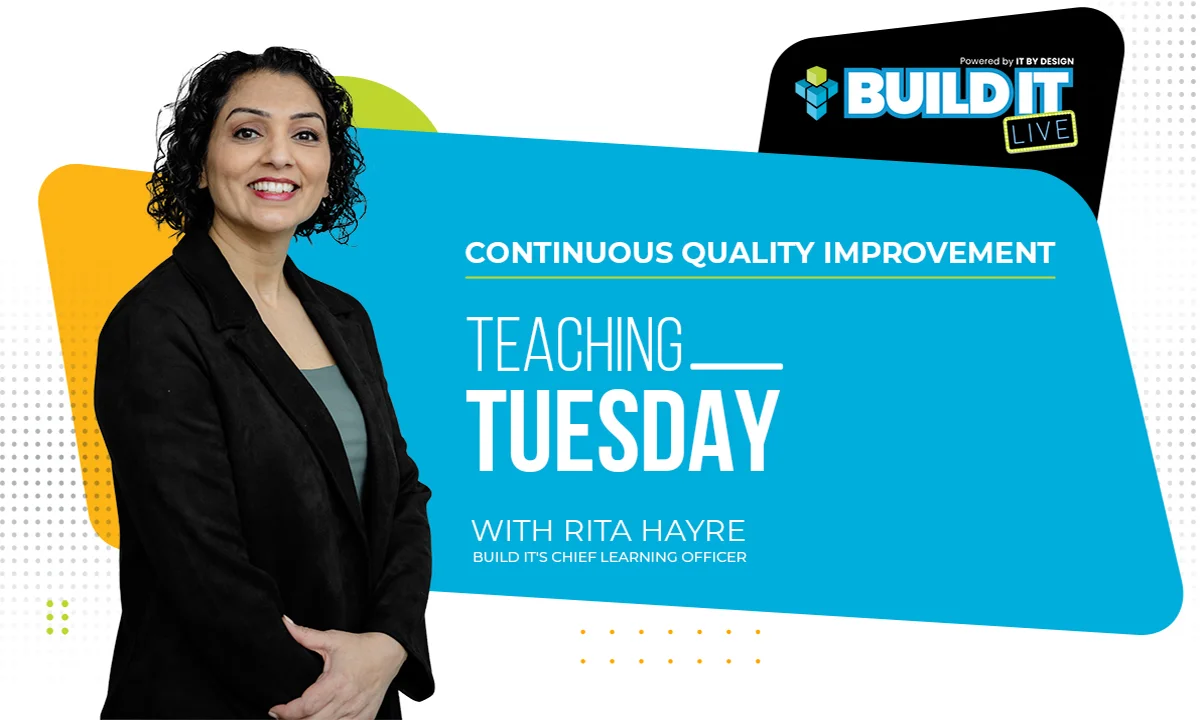I’m a fixer by nature. I am forever searching for ways to make things more effective and efficient (my two favorite words!!). I find it interesting when people begin talking about making changes to a process without first identifying the current procedure or when people say that the new method is excellent without completing any quality improvement assessments. OK, let’s first get clear on what we’re talking about.
Quality Assurance vs. Quality Improvement
At its most basic level, Quality Assurance is a reactive review of a process, ensuring that it meets specific standards or guidelines. On the other hand, Quality Improvement is a continuous proactive process of improving the effectiveness or efficiency of a specific process.
I am a proponent of Quality Improvement rather than Quality Assurance. I would rather look at processes proactively than wait and have to check to ensure things aren’t incorrect
Now let me be clear – there is a role for Quality Assurance that cannot be replaced by Quality Improvement, especially when health and safety are involved or other regulated guidelines.
Continuous Quality Improvement
Ideally, everyone in an organization should be responsible for Quality Improvement. In a continuous quality improvement framework, every employee should look for opportunities for improvement in the processes they are involved with throughout their day-to-day activities. In this framework, the ideal is the daily use of this lens for improvement, every day – which is why it is continuous.
PDSA Cycles
When I have identified a new process or change, I always like to use PDSA cycles to help ensure that I am continuously optimizing quality. There are four steps to a PDSA cycle, which repeats until the ideal state/outcome is achieved.
- Plan: What is the desired outcome or optimal achievement? How does your process accomplish this? What data needs to be collected to validate the effectiveness and efficiency of the process? Confirm the current state metrics.
- Do: Implement the plan. Take notes of what’s happening or not. Make sure you’re keeping track of metrics. Get input from other people regarding the process.
- Study: Spend time to review the data. What happened? Was it successful? Not? Did something unexpected happen? Do we need to make modifications?
- Act: Based upon your analysis of the data you collected, identify the changes you need to make.
This process is flexible enough to be used in various situations, not just formal change or process strategies. I use this same method to determine how to optimize my exercise routine.








